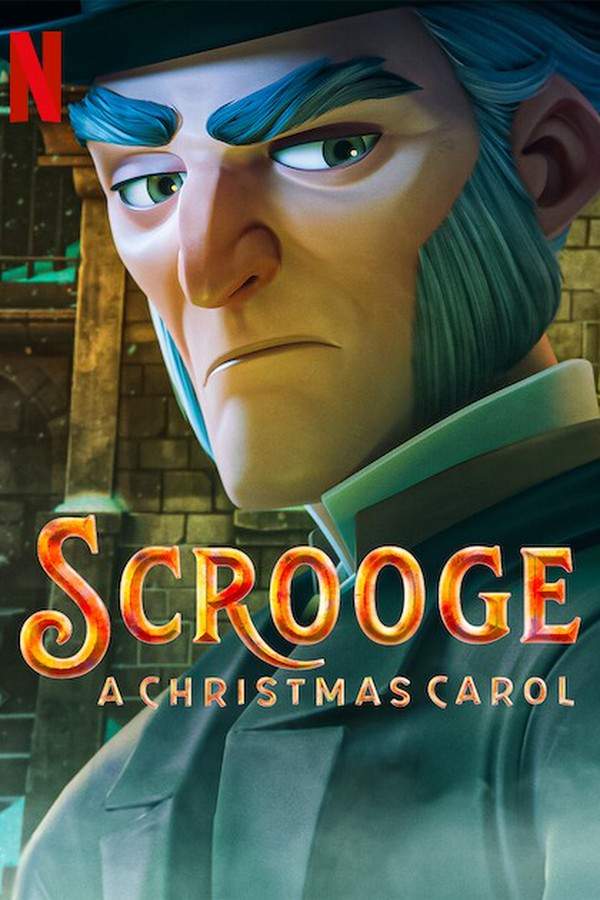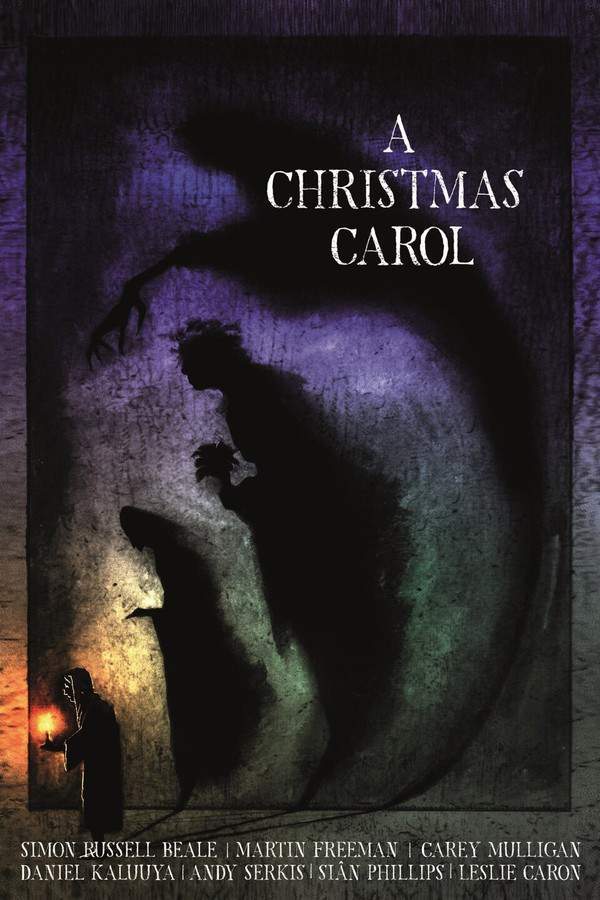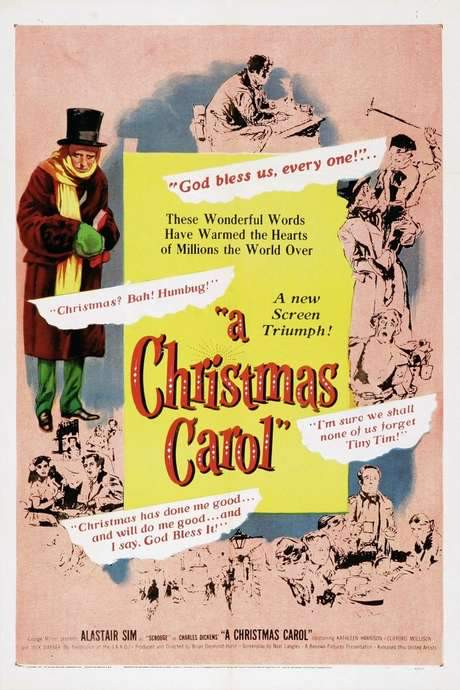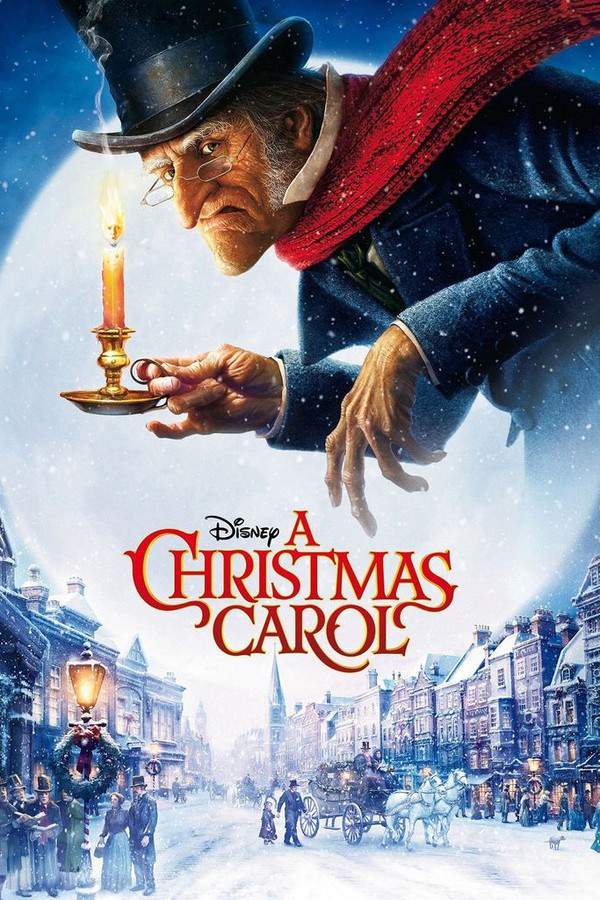
A Christmas Carol 1938
Directed by

Edwin L. Marin
Made by
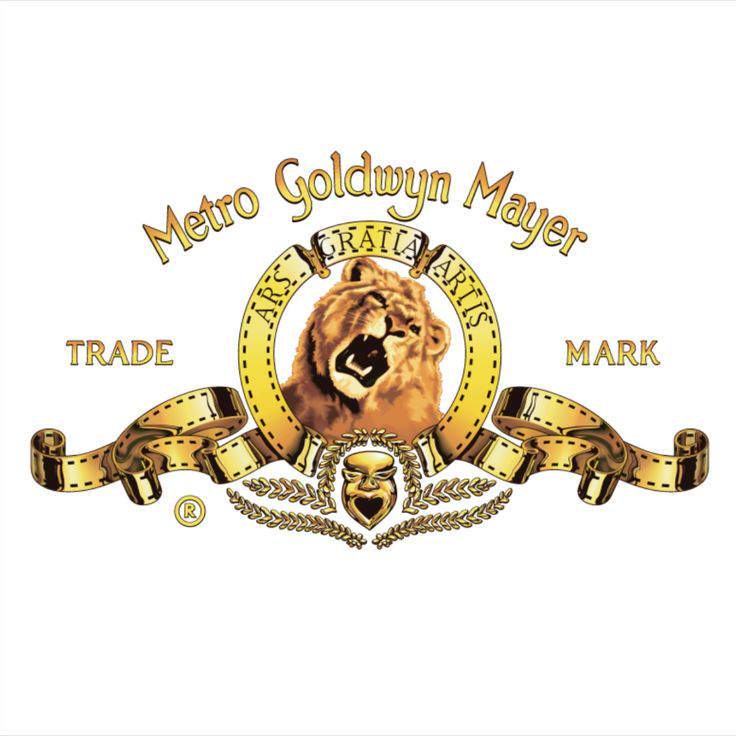
Metro-Goldwyn-Mayer (MGM)
Test your knowledge of A Christmas Carol with our quiz!
A Christmas Carol Plot Summary
Read the complete plot summary and ending explained for A Christmas Carol (1938). From turning points to emotional moments, uncover what really happened and why it matters.
On Christmas Eve in the mid-nineteenth century London, the miserable and cold-hearted Ebenezer Scrooge receives an unexpected visit from his warm-hearted nephew, Fred, who extends an invitation to join him and his fiancée, Bess, for dinner. Scrooge, however, gruffly dismisses the invitation, resolutely believing that Christmas is a frivolous occasion. Though he reluctantly permits his overworked clerk, Bob Cratchit, to take the day off, Scrooge’s ire flares when Bob unintentionally strikes him with a snowball, leading to his immediate dismissal.
Despite the family’s financial struggles, the Cratchits remain cheerful, gathering around their modest meal, with their primary concern being the health of their ailing youngest child, Tiny Tim. As the Cratchits and Fred revel in the joy of the season, Scrooge retreats to his solitary home, where he encounters the haunting presence of his deceased business partner, Jacob Marley. Bound in chains, Marley’s ghost delivers a stark warning: Scrooge must amend his selfish ways, as he will be visited by three spirits that very night.
Initially skeptical of Marley’s dire warning, Scrooge is soon confronted by the first apparition, the Spirit of Christmas Past, who takes him on a journey through his lonely childhood. The second ghost, the Spirit of Christmas Present, reveals the joyful celebrations of both Fred and the Cratchit family, illuminating the warmth of their love despite their meager resources. Finally, the Spirit of Christmas Future confronts Scrooge with a grim vision of his lonely death, devoid of mourners, juxtaposed with the poignant sorrow following Tiny Tim’s demise.
Though the final spirit remains silent, Scrooge’s heart is moved, and he pleads for the chance to transform his life. Awakening with a newfound sense of purpose, Scrooge enthusiastically purchases a large turkey and generously donates to charity. He joyfully visits Fred, inviting him to become his business partner, and then proceeds to the Cratchit home where he surprises them with gifts and promises Bob a salary increase. Embracing the spirit of Christmas all year round, he raises a toast proclaiming, > “To all of us, everywhere, a Merry Christmas to us all, my dears,” as Tiny Tim chimes in, “God bless us, everyone.”
A Christmas Carol Timeline
Follow the complete movie timeline of A Christmas Carol (1938) with every major event in chronological order. Great for understanding complex plots and story progression.
Scrooge's Frigid Reception
On Christmas Eve, Ebenezer Scrooge encounters his warm-hearted nephew, Fred. Dismissing Fred's invitation to Christmas dinner, Scrooge makes it clear that he considers the holiday a frivolous occasion.
Bob Cratchit’s Day Off
Despite his miserly nature, Scrooge reluctantly allows his overworked clerk, Bob Cratchit, to take Christmas Day off. However, his mood soured when Bob accidentally strikes him with a snowball, resulting in Bob's immediate dismissal.
The Cratchit Family's Christmas
The Cratchit family gathers around their modest Christmas meal, displaying warmth and cheer despite their financial struggles. Their thoughts are primarily with Tiny Tim, their youngest child, whose health is a major concern.
Marley’s Haunting Visit
Upon returning home, Scrooge is visited by the ghost of his deceased business partner, Jacob Marley. Bound in chains, Marley warns Scrooge that he must change his selfish ways to avoid a dire fate, foretold by three spirits.
The Spirit of Christmas Past
The first spirit, the Spirit of Christmas Past, arrives and takes Scrooge on a journey through his lonely childhood. Scrooge revisits memories that reveal how he became the cold-hearted man he is today.
Celebrations with the Spirit of Christmas Present
Next, the Spirit of Christmas Present shows Scrooge the joyful celebrations of the Cratchit family and his nephew Fred. Through their laughter and warmth, Scrooge begins to understand the significance of love and community during the holiday season.
The Vision of Christmas Future
The final spirit, the Spirit of Christmas Future, presents Scrooge with a chilling vision of his lonely death. This vision, coupled with the sorrow of Tiny Tim's passing, deeply impacts Scrooge's heart.
A Plea for Change
Moved by the visions presented by the spirits, Scrooge pleads for the chance to change his ways. He begs for mercy, vowing to transform his life and embrace the spirit of Christmas.
Awakening with Purpose
Scrooge wakes up on Christmas morning filled with joy and purpose. With newfound enthusiasm, he immediately sets out to make amends and spread Christmas cheer.
Generous Acts
Scrooge purchases a large turkey and donates generously to charity, embodying the spirit of giving. His transformation from miser to benefactor begins to take shape as he actively seeks out ways to help those in need.
Visit to Fred
Joyfully, Scrooge visits Fred to invite him to become his business partner. This heartwarming reconciliation signifies Scrooge's acceptance of family and the importance of relationships during the festive season.
Surprising the Cratchits
Scrooge surprises the Cratchit family with gifts and delivers the good news of a salary increase for Bob. This act of kindness signifies Scrooge’s complete transformation and commitment to the spirit of Christmas.
A Toast to Christmas
Embracing the spirit of Christmas, Scrooge raises a toast and declares, 'To all of us, everywhere, a Merry Christmas to us all, my dears.' This joyful moment echoes the change in his demeanor and outlook.
Tiny Tim's Joy
Tiny Tim, filled with joy from Scrooge's generosity, chimes in with 'God bless us, everyone.' This moment symbolizes hope and the power of human connection during the Christmas season.
A Christmas Carol Characters
Explore all characters from A Christmas Carol (1938). Get detailed profiles with their roles, arcs, and key relationships explained.
Ebenezer Scrooge
Scrooge is depicted as a cold-hearted miser with little regard for others, embodying the spirit of greed and isolation. His encounters with the ghosts lead him to confront his past, resulting in a profound change of heart. Ultimately, he becomes a symbol of generosity and the true spirit of Christmas.
Fred
Fred, Scrooge's warm-hearted nephew, serves as a contrast to Scrooge's character. He exemplifies the joy of the Christmas spirit, inviting his uncle to join the family festivities. His unwavering love and optimism highlight the importance of familial connections and the joy of giving.
Bob Cratchit
Bob Cratchit is the overworked yet devoted clerk of Scrooge and represents the struggles of the working class. Despite his meager income, he maintains a positive outlook and a deep love for his family, especially for his sick son, Tiny Tim. His character underscores the theme of resilience in the face of hardship.
Tiny Tim
Tiny Tim is the youngest Cratchit child, suffering from illness but characterized by his optimistic outlook on life. He symbolizes innocence and the impact of neglect on the vulnerable. His fate becomes a catalyst for Scrooge's transformation by highlighting the importance of compassion and care.
Jacob Marley
Jacob Marley, Scrooge's deceased business partner, appears as a ghost bound in chains, representing the consequences of a life lived without compassion. His haunting visit propels Scrooge's journey, serving as a catalyst for the pivotal changes in the latter's life. Marley's character brings forth the theme of accountability.
A Christmas Carol Settings
Learn where and when A Christmas Carol (1938) takes place. Explore the film’s settings, era, and how they shape the narrative.
Time period
mid-nineteenth century
The mid-nineteenth century was a period marked by the industrial revolution in England, leading to significant societal changes. The values of personal wealth and social responsibility were increasingly debated, particularly around the festive season. This era also saw a burgeoning awareness of social issues, symbolized by the spirit of Christmas as a time for giving and reflection.
Location
London
The story is set in mid-nineteenth century London, a bustling metropolis known for its stark contrasts between wealth and poverty. During Christmas Eve, the city's streets are filled with a sense of festive cheer, contrasting with Scrooge's cold demeanor. London, during this time, is becoming a hub of industrial growth, shaping the lives of its inhabitants.
A Christmas Carol Themes
Discover the main themes in A Christmas Carol (1938). Analyze the deeper meanings, emotional layers, and social commentary behind the film.
🎁
Redemption
Redemption is a central theme as Ebenezer Scrooge undergoes a profound transformation from a miser to a generous soul. The visits from the three spirits compel him to confront his past actions and their consequences. Ultimately, he learns that it's never too late to change and embrace the joy and love that Christmas represents.
👨👩👦
Family
The theme of family is beautifully encapsulated in the Cratchit family's warmth and unity despite their struggles. Their love for each other, especially for Tiny Tim, highlights the importance of familial bonds during tough times. Scrooge's eventual embrace of his family ties signifies his journey towards understanding the true meaning of connection and love.
🌟
Transformation
Transformation is pivotal as Scrooge evolves through the course of the story, influenced by the spirits' teachings. His journey illustrates the potential for personal change when confronted with one's own flaws. Scrooge's awakening on Christmas morning serves as a powerful reminder that transformation is possible at any stage of life.

Coming soon on iOS and Android
The Plot Explained Mobile App
From blockbusters to hidden gems — dive into movie stories anytime, anywhere. Save your favorites, discover plots faster, and never miss a twist again.
Sign up to be the first to know when we launch. Your email stays private — always.
A Christmas Carol Spoiler-Free Summary
Discover the spoiler-free summary of A Christmas Carol (1938). Get a concise overview without any spoilers.
In the frosty heart of mid‑nineteenth‑century London, the city’s bustling streets are hushed by a bitter Christmas Eve, casting a chill that mirrors the interior of a solitary office. The atmosphere is steeped in gas‑lit shadows and the clatter of carolers, yet the world feels oddly paused, as if waiting for a single soul to step out of routine. Against this backdrop, the film introduces a tale of stark contrasts—warm hearths glowing in modest homes versus the cold, candle‑lit chambers of a man who has built his life on iron‑clad rule and unyielding frugality.
At its core stands Ebenezer Scrooge, a miser whose reputation for exacting discipline and dismissing holiday cheer has become legend. His interactions are sharp, his laughter rare, and his very presence seems to drain the festive sparkle from those around him. Yet the narrative hints that beneath the hardened exterior lies a lingering memory of a more innocent past, a thread that the story gently teases without fully unraveling. The tone balances the crisp austerity of winter with an undercurrent of melancholy, inviting viewers to wonder what might stir a heart long thought frozen.
The world of the film is populated by a handful of bright, contrasting characters whose brief encounters with Scrooge illuminate his isolation. Fred, his genial nephew, arrives with open‑armed invitations, embodying the season’s generosity. Bob Cratchit, his overworked clerk, bears the weight of responsibility for a humble family, his modest optimism a quiet counterpoint to Scrooge’s severity. The fragile hope of Tiny Tim, the Cratchits’ youngest, glimmers as a subtle reminder of vulnerability amidst hardship. Meanwhile, the ghost of former partner Jacob Marley looms as a spectral warning, his chains a visual metaphor for the consequences of a life devoid of compassion.
All of this converges on a single, haunting premise: on this night, three enigmatic spirits will appear, offering Scrooge a cryptic chance at redemption. Their presence promises a journey through memory, present reality, and uncertain futures, urging the miser to confront the ripple of his choices. The film remains poised on the edge of that decision, inviting the audience to linger in the tension between stubborn self‑interest and the alluring promise of transformation—without yet revealing the outcome.
Can’t find your movie? Request a summary here.
Movies with Similar Twists and Themes
Uncover films that echo the narrative beats, emotional arcs, or dramatic twists of the one you're exploring. These recommendations are handpicked based on story depth, thematic resonance, and spoiler-worthy moments — perfect for fans who crave more of the same intrigue.
Featured on this page

What's After the Movie?
Not sure whether to stay after the credits? Find out!
Explore Our Movie Platform
New Movie Releases (2025)
Famous Movie Actors
Top Film Production Studios
Movie Plot Summaries & Endings
Major Movie Awards & Winners
Best Concert Films & Music Documentaries
Movie Collections and Curated Lists
© 2025 What's After the Movie. All rights reserved.


